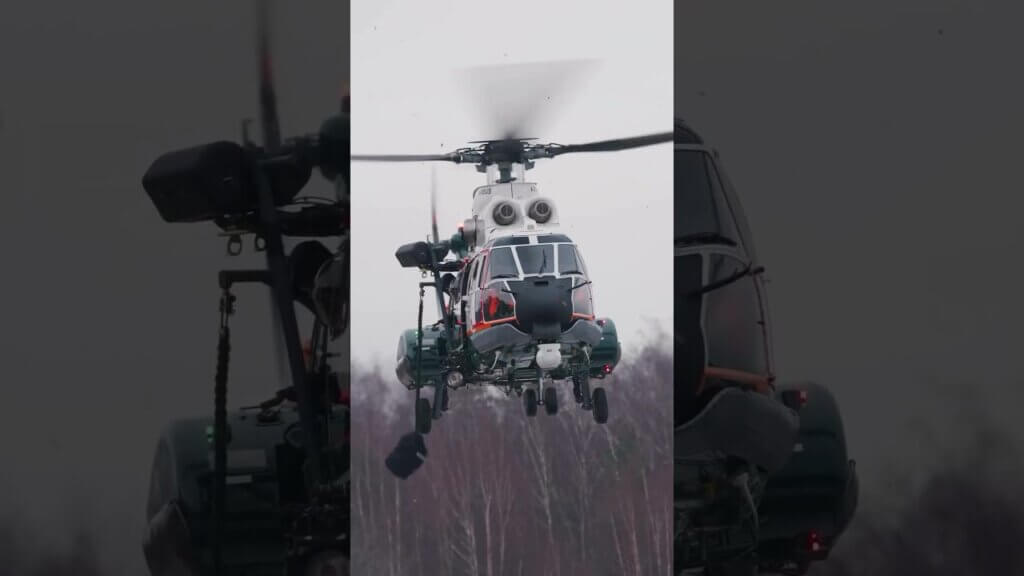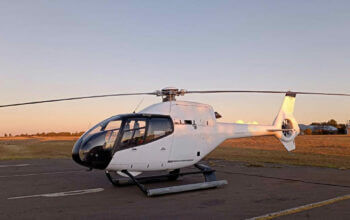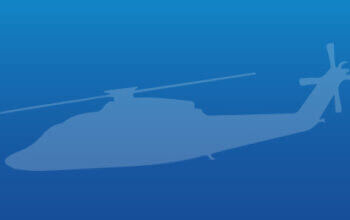A Coast Guard Air Station Kodiak MH-60 Jayhawk helicopter crew medevaced a man from the 116-foot commercial fishing vessel Patricia Lee 190 miles west of Dutch Harbor, Alaska, early Tuesday morning.

The helicopter crew safely transported the 27-year-old man from Patricia Lee to awaiting air ambulance personnel in Dutch Harbor for further care. The man was reported to have been in stable condition.
District 17 command center watchstanders received a report Monday evening from the fishing vessel’s master that a crewman had been hit in the head by a crab pot. Due to the man’s injuries, a Coast Guard duty flight surgeon recommended a medevac. District 17 command center directed the launch of two Air Station Kodiak MH-60 aircrews, a Coast Guard corpsman and an HC-130 Hercules aircrew.
Due to the distance of the Patricia Lee’s position from Kodiak, two Jayhawk aircrews had to be utilized. The first Jayhawk aircrew transited from Kodiak to Cold Bay, then the second Jayhawk aircrew went from Cold Bay to the Patricia Lee to conduct the medevac. The Hercules aircrew provided transportation of the second Jayhawk aircrew and acted as a communications platform for the Jayhawk during the medevac.
“Alaska presents a unique set of difficulties, one primarily being the remote locations of the cases,” said Petty Officer 1st Class Trevor Frommherz. “It makes conducting medevacs hundreds of miles off shore a coordinated team effort, and we are fortunate to have such dynamic crews ready to work together and assist at a moment’s notice.”
The aircrews transited more than 1,200 miles from Kodiak and spent more than 17 hours conducting the medevac.
Weather on scene was five-foot seas and 23-mile-per-hour winds.










……Awesome ……well done…..!!…..
Great job by the aircrews and support personnel–as always!
Q: Who pays the bill for such an expensive operation? Does the boating company pay? Does insurance get billed? Or is it the taxpayer? These types of operations need to get some reimbursement, the days of siphoning off of the taxpayer have to end. Training and operations funding should not be used for these types of rescue ops.